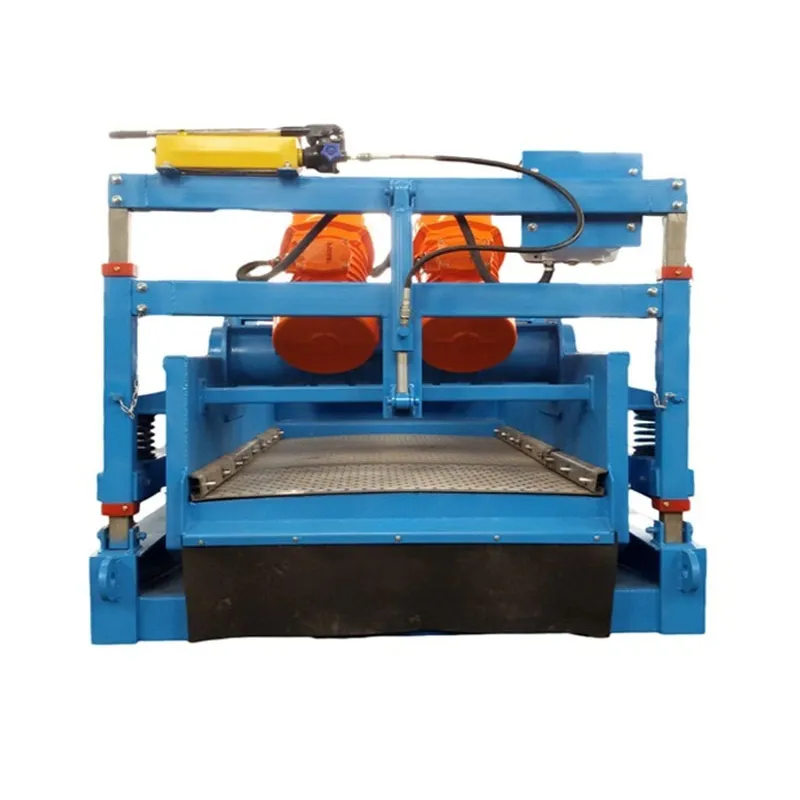- Industrial zone, South of Anping Town, Hengshui, Hebei, China.
- sales@hfpetromesh.com
- +86-18931809706
Galvanized Steel Grid Solutions - Durable & Reliable Flooring Options
The Versatility and Utility of Galvanized Steel Grids
Galvanized steel grids have become an integral component in various industries, praised for their strength, durability, and resistance to corrosion. These grids are essentially frameworks made from steel that has been coated with a layer of zinc. This galvanization process serves not only as a protective barrier against rust and environmental damage but also enhances the longevity of the material itself. This article delves into the characteristics, applications, and benefits of galvanized steel grids, highlighting their significance in modern construction and manufacturing.
One of the most notable features of galvanized steel grids is their exceptional strength-to-weight ratio. Weighing less than many traditional materials, galvanized steel offers robust structural support without the hefty burden. This makes it ideal for various applications, including industrial flooring, walkways, and platforms. The open-grid design also allows for easy drainage and ventilation, minimizing the risk of water accumulation that could lead to slipping hazards or structural damage.
In addition to their structural benefits, galvanized steel grids are highly customizable. They can be fabricated in various sizes and shapes, accommodating specific project requirements. Whether it’s for a residential building, a commercial facility, or an industrial site, these grids can be tailored to meet the design and functional needs of any application. Furthermore, they can be coated with different finishes, adding not just to their aesthetic appeal but also to their protective qualities.
galvanized steel grid

One of the standout advantages of using galvanized steel grids is their resistance to corrosion. The zinc coating acts as a sacrificial layer, meaning that it will corrode before the underlying steel does. This feature significantly increases the lifespan of the material, making it a cost-effective solution in the long run. In harsh environments, such as chemical plants or coastal areas where salt exposure is common, galvanized steel grids outperform untreated alternatives, reducing maintenance and replacement costs.
The versatility of galvanized steel grids extends into various domains, including construction, architecture, and agricultural sectors. In construction, they serve as floor grating, enabling safe access and movement in industrial settings. In architecture, they provide stylish solutions for staircases and balconies, often used to create an industrial chic aesthetic. In agriculture, these grids can be used in livestock facilities, providing a durable, hygienic solution for flooring that is easy to clean and maintain.
Moreover, galvanized steel grids are environmentally friendly. The zinc coating is non-toxic and recyclable, contributing to sustainable building practices. The durability of the material means fewer replacements over time, leading to less waste and a smaller carbon footprint.
In conclusion, galvanized steel grids represent a harmonious blend of strength, longevity, and versatility. His unique properties not only meet the demands of modern infrastructure but also contribute to enhanced safety and aesthetic appeal. As industries continue to evolve, the role of galvanized steel grids is expected to grow, solidifying their place as a preferred choice in a myriad of applications, from construction to agriculture. Their enduring nature and adaptability ensure they will remain a vital resource in the ongoing pursuit of innovation and efficiency.
-
The Power of Pyramid Shaker Screen - A 3-Dimensional SolutionNewsOct.24,2024
-
Exploring the Versatility and Durability of Steel GratingNewsOct.24,2024
-
Revolutionizing Drilling Efficiency with Steel Frame Shaker Screens for Mud Shale ShakersNewsOct.24,2024
-
Potential of Shale Shaker ScreensNewsOct.24,2024
-
Offshore Pipeline Counterweight Welded Mesh - Reinforced Mesh in Marine EngineeringNewsOct.24,2024
-
Revolutionizing Offshore Pipeline Stability with Concrete Weight Coating MeshNewsOct.24,2024
